Adventuring into Millyards and Hop Knot
Ander is an artist and contributor to Waypoint’s Youth Enrichment programming from the Manchester arm of youth outreach. These programs are made possible through the work of Positive Street Art and the artists therein; Yasamin Safarzadeh, Nathaniel Pepe and Amara Phelps. To help sustain these progra
Ander is an artist and contributor to Waypoint’s Youth Enrichment programming from the Manchester arm of youth outreach. These programs are made possible through the work of Positive Street Art and the artists therein; Yasamin Safarzadeh, Nathaniel Pepe and Amara Phelps. To help sustain these programs please donate today. Photographs were taken by Ander and several other program participants.
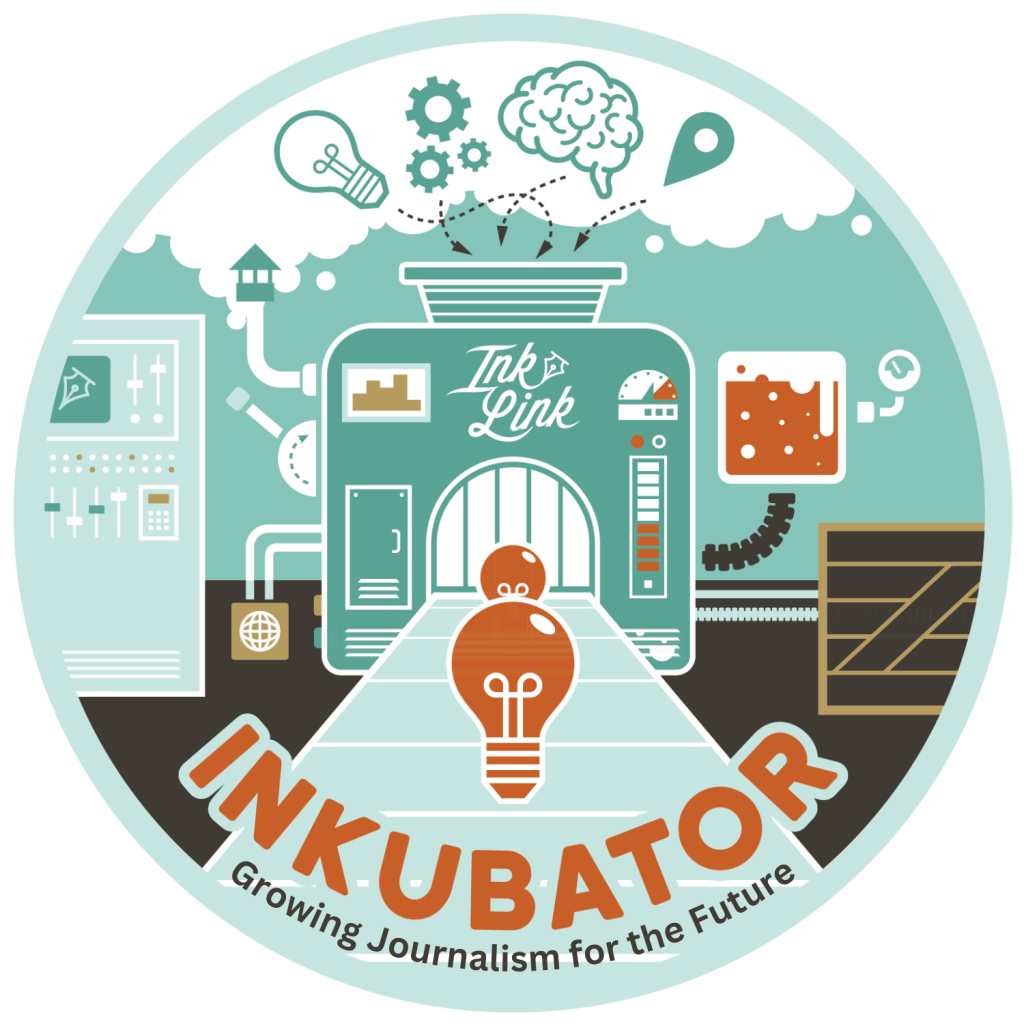
MANCHESTER, NH – The Millyard Museum is a fact-filled aesthetically pleasing experience for all ages to come and observe. It has a variety of opportunities to learn about the very start of technology and civilization in the not yet named state of New Hampshire. Once I heard about the tour of the Millyard Museum, I was very eager to join the trip because the only history I really know about Manchester is how The Puritan Backroom invented chicken tenders.
My group learned from displays of how New Hampshire natives lived. My group and I thoroughly enjoyed the tour, especially the interactive activities such as fun games both natives and early colonizers played. Our favorite game, one of the resident artists, Yaz, kept calling it ‘egg in the basket.’ The goal of the game is to use momentum to swing the ball attached to into the cup via a string to complete the objective. It takes great patience and solid coordination and is very satisfying when completed efficiently. It took Yaz one hour to get her egg in the basket. I was able to quickly win within three to four swings, just saying. Yaz mentioned that most museums talk about why the indigenous populations no longer flourish in the region and that most museums secure contemporary work from the Native people who are on display in order to pay homage and uplift efforts by Indigenous peoples to keep their cultures alive.
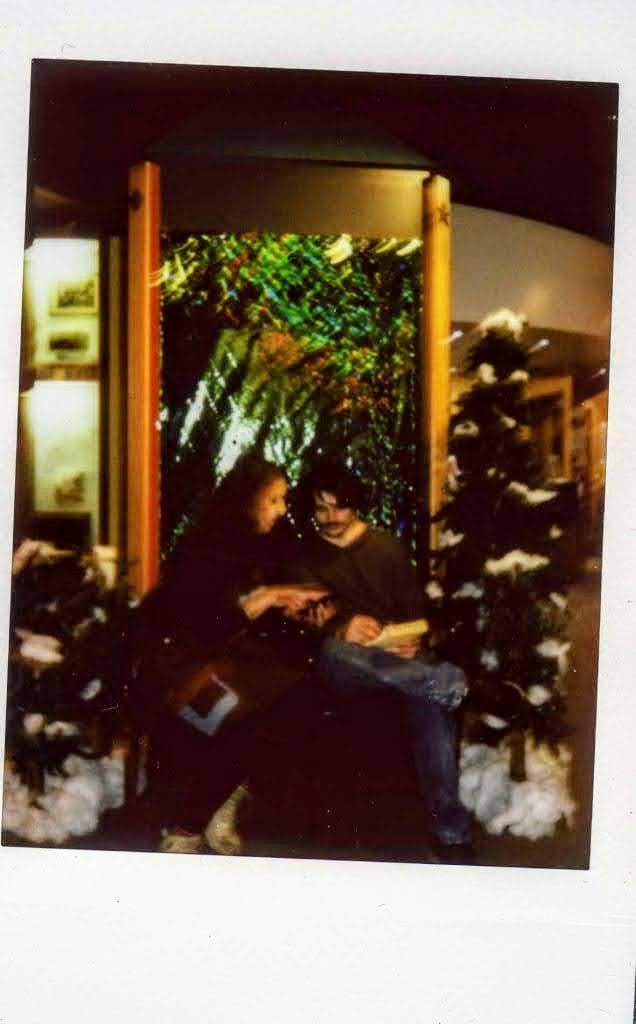
While touring through, I also had the greatest opportunity to learn about the beginning of production of tools from New Hampshire’s indigenous people, who made a variety of objects for their daily lives and while not metal, they used many stone implements. Most tools were made with chert, a non-metal that is native to the area, and is also able to be easily worked for use.
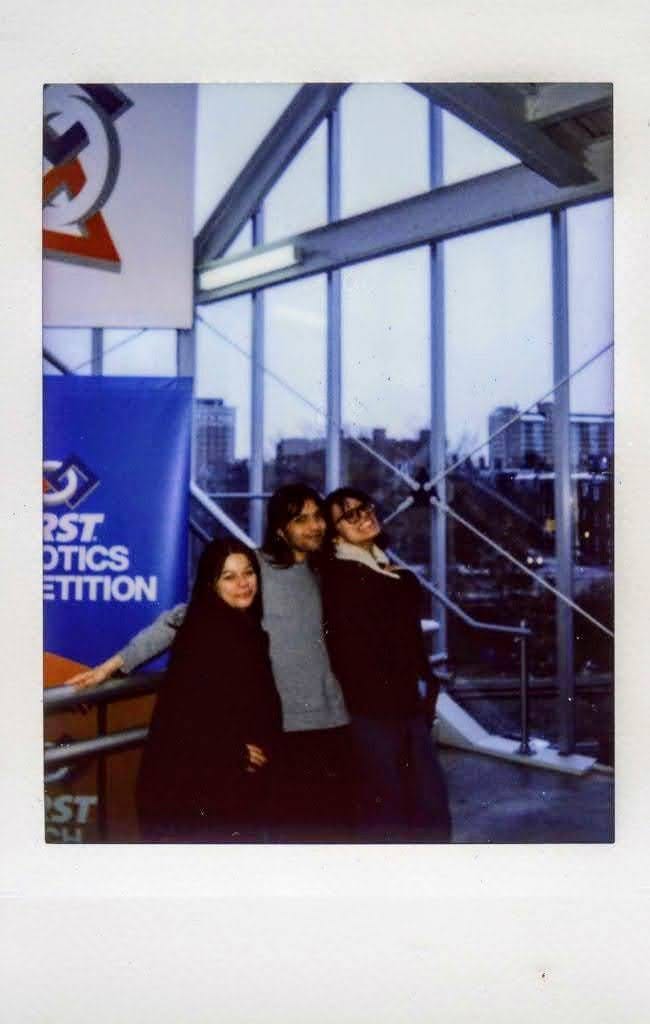
Passing on by the various displays of history included information from the Millyard’s construction as well as the many purposes it served throughout its grand time in mass production, such as looming, the making and producing of denim and many other everyday and industrial items needed. They didn’t mention anything about where the cotton came from. Yaz and the facilitators Seana and Amara let us know it was most likely from the work of enslaved people in the South. They mentioned that we could learn more about this from work that the Black Heritage Trail has done. There was even an exhibit that showed bricks from the Amoskeag mills, the bricks were made locally in Hooksett and other towns around the river during the mid-19th century by the Stark Manufacturing Company.
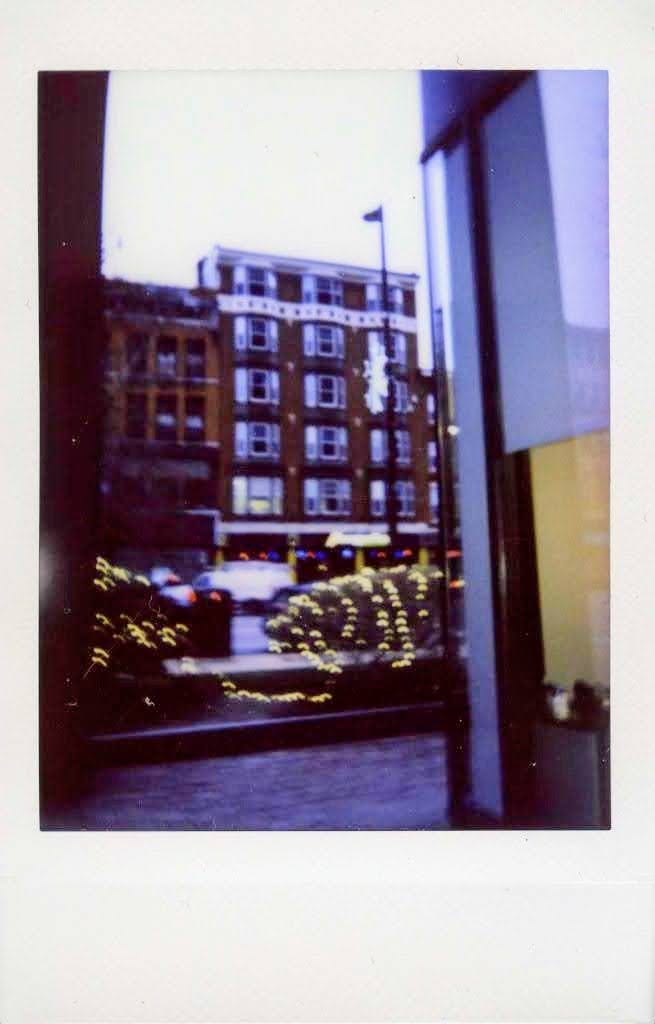
However, I thought the most interesting display happened to be of the waterpower! It tells you about how investors put their money, manpower, and knowledge into harnessing the power of the great roaring Amoskeag Falls. To quote the said display, “Raging winter floods and freshets were sober reminders that man could not entirely bend the power of the Merrimack River to its will.” Records as early as 1741 report on eyewitness accounts of waves reaching 55 feet into the air! The most severe floods happened during winter or early spring. Spring freshets (the flooding of a river from heavy rains) turned the river into a swollen torrent. In 1896 the most severe flood was recorded in the history of Manchester. The rising water continued unabated for five long days. Then the floods rose 10 feet above the falls. Raging waters and debris carried off three bridges, including the Amoskeag steam pipe bridge and the venerable Granite Street Bridge. Amazingly, the McGregor Bridge survived. However, it was then lost in the great flood of 1936, which devastated the city and the millyard. To many people, the Amoskeag Millyard resembled a walled medieval city complete with towers, moats, and gates. By 1911, a graceful arch of standardized brick buildings formed an unbroken mile-long facade along the river creating a model of visual unity.
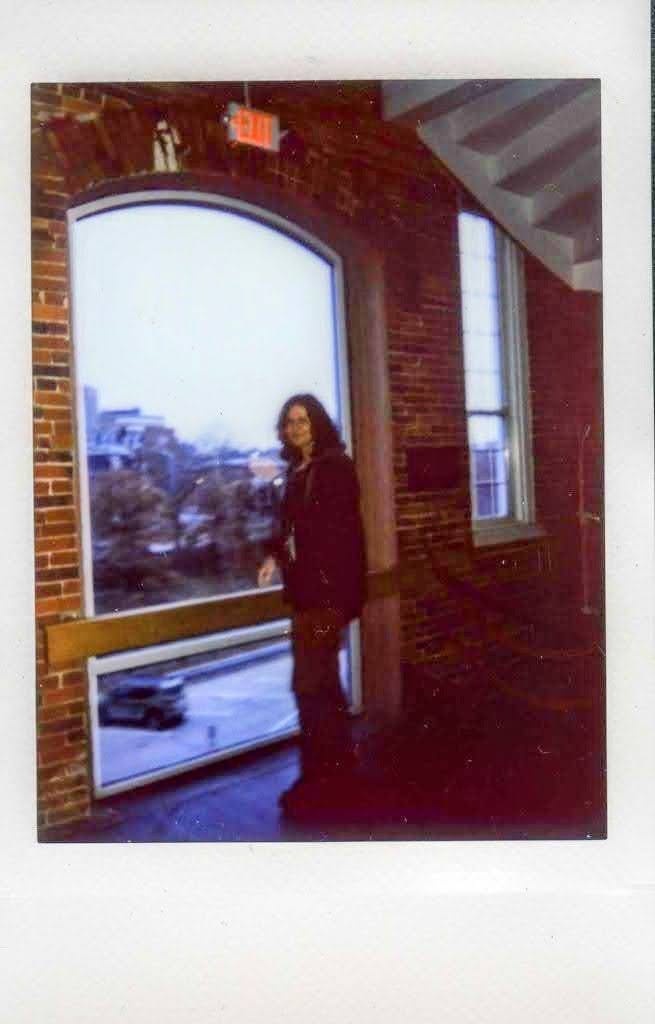
As we continued venturing through our journey of time, the Millyard and all of its revamped glory, we had a wonderful experience looking at displays, playing with interactive toys and taking many group photos. After spending quite some time at the Millyard, and unfortunately being denied access to the See Science Museum because it was closing in about 20 minutes, we were all feeling quite hungry and decided to head over to The Hop Knot on Elm Street.
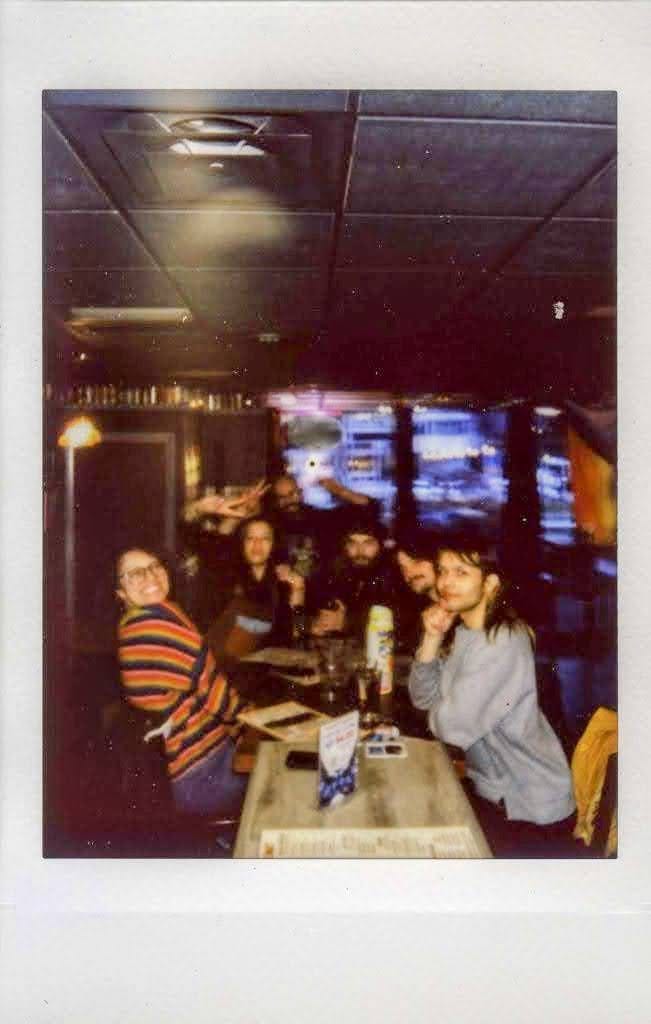
At the Hop Knot I had the absolute best roast beef sandwich I’ve ever had the pleasure of devouring. It was dressed with melty cheese, perfectly crunchy fried onions, and mayo. However, I got plain mayo because it comes with a horseradish one and I am just not that kind of girl. As we sat and I looked around at my peers you could see everyone enjoyed their meals like the pesto pizza, nice warm pretzels with variant dips, or even just a straight up piece of kielbasa. The Hop Knot is a great lgbtq+ friendly scene that also host drag events. In fact I had the pleasure of meeting and taking pictures with a couple of friendly cute queens from the House of Reigns. Talking with drag queens is so ethereal, they’re always on point and I love all the quips and phrases. I then headed home to sleep off my very delicious sandwich!
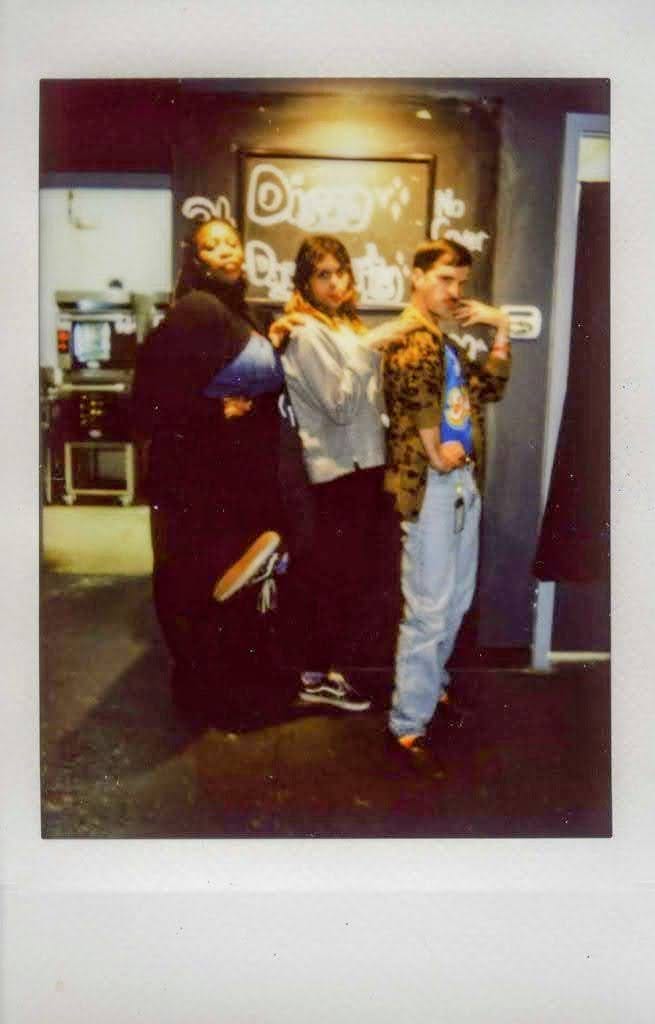

The Inkubator program is aimed at nurturing and growing New Hampshire’s local journalism ecosystem – support for educators, opportunities for students and pathways for future journalists, artists and creators. And beyond that, we want to engage our community in this process because together, we rise. Click here to make a tax-deductible contribution to the Inkubator.

